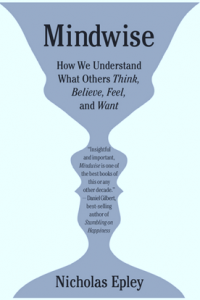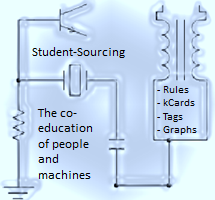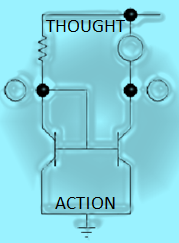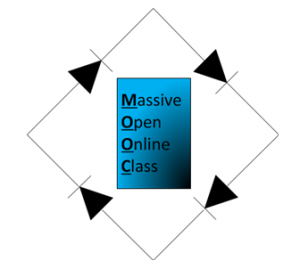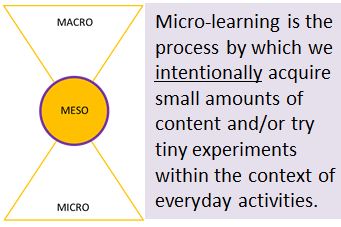Considering a Yoga Design Experiment
April 25th, 2014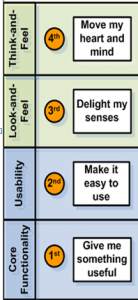 In cognitive design we seek insights into how minds work so that we can create features and functions that motivate, inspire, inform, entertain and otherwise deliver positive mental performances.
In cognitive design we seek insights into how minds work so that we can create features and functions that motivate, inspire, inform, entertain and otherwise deliver positive mental performances.
A systematic approach to cognitive design usually takes one of three forms: Look at what the science tells us, study design patterns that dazzle our brains or explore the implications of mind-intense philosophies or belief systems. My work has been focused on the first two approaches. After all, scientific insights into how minds actually work and products/services that push our emotional and intellectual buttons have proliferated wildly over the last 30 years. Behavioral economics, emotional design, serious games, neuromarketing and other areas have emerged as a result.
 Over the years I have been challenged (usually by one of my students at Northwestern), to consider the third approach and explore how a particular mind-intense philosophy or belief system can inform cognitive design practices. Examples include Yoga, martial arts and religion. Such domains offer unique insights into cognition and promise powerful psychological experiences – for example alignment, clarity and faith – that are sought by millions.
Over the years I have been challenged (usually by one of my students at Northwestern), to consider the third approach and explore how a particular mind-intense philosophy or belief system can inform cognitive design practices. Examples include Yoga, martial arts and religion. Such domains offer unique insights into cognition and promise powerful psychological experiences – for example alignment, clarity and faith – that are sought by millions.
Perhaps these ancient practices and sources of wisdom are just as rich of source of insights for cognitive designers as our modern sciences and marketing phenoms such as Harry Potter are.
Take Yoga for example. Yoga offers insight into the nature of specific types of mental states, how to achieve them and why they are important. This raises a number of interesting questions for cognitive designers:
How can yoga wisdom inspire the design of our products and services? Can it be used to inform employee and leadership development? How about the design of our workspaces and grounds? How does yoga fit in with your business ethics program?
 A quick Google reveals clothes, jewelry, pottery, room interiors and other products and services that claim to be Yoga-inspired. And Yoga has clearly made some inroads into corporate wellness programs and retreats. But I suspect we have yet to really tap the design potential of Yoga to deliver unique think-and-feel experiences and improved cognitive performances into the mass market.
A quick Google reveals clothes, jewelry, pottery, room interiors and other products and services that claim to be Yoga-inspired. And Yoga has clearly made some inroads into corporate wellness programs and retreats. But I suspect we have yet to really tap the design potential of Yoga to deliver unique think-and-feel experiences and improved cognitive performances into the mass market.
 This belief was reinforced by a project I recently completed with Jamie and Maren Showkier to summarize their excellent book Yoga Wisdom at Work into a deck of NewHabits cards for the iPhone. The project gave me a small personal taste of the design potential Yoga wisdom holds. As the authors explain:
This belief was reinforced by a project I recently completed with Jamie and Maren Showkier to summarize their excellent book Yoga Wisdom at Work into a deck of NewHabits cards for the iPhone. The project gave me a small personal taste of the design potential Yoga wisdom holds. As the authors explain:
“Many people already know that yoga stretches and meditation can benefit them at work. This app centers on helping people create habits based on other yoga practices that strengthen ethics, self-discipline, focus, self-awareness, productivity, contentment, and taking individual accountability for the good of the whole.”
Several colleagues that have experimented with the deck asked: How can we combine design thinking with Yoga Wisdom? That is, how can we take a systematic yet creative approach to unleashing the insights Yoga has into the workings of our minds to reshape our products, services and organizations?
A question we will explore on the Cognitive Design Blog.
